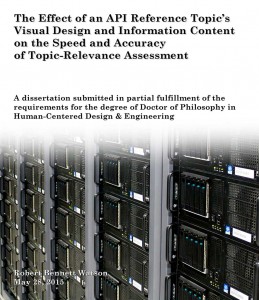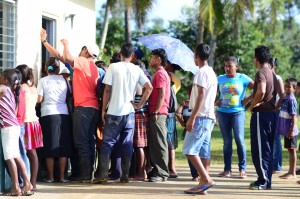
There’s no time like the present.
In the spirit of my last post, I started the vision document for the blog. This wasn’t as hard as I thought, but it wasn’t easy. I ran out of steam at the Principles section. I don’t think that means I’m without principles, just that I want to give them some thought–I want them to be something I can live with, if not aspire to.
Audience
That was easy. It took a little bit of thought, but only to decide how to articulate them.
Vision
That was pretty straightforward, as well. We’ll see how it holds up as time goes on.
Principles
And this is where it got a little sticky.
- Be honest and accurate
- Be constructive and contribute to improvement
- Be authentic
Be honest and accurate – That was easy to put down on paper (virtual or otherwise). Without that as a starting point, the rest is just more Internet flotsam. But I could feel the pressure starting to build.
Be constructive and contribute to improvement – That’s going to take some growing into (so please have some patience). It’s not that being constructive is something I can’t do. Not at all. What’s going to be a challenge is tempering my critical comments (a.k.a. biting my tongue). It’s still too easy for me to slip into my curmudgeon persona. There’s a time and a place to call him to the front of the line, but, it’s usually better if he just stays at home in the rocker on the porch, sipping lemonade, and petting the dog.
Be authentic – …and that’s as far as I got in this try. I got stuck on operationalizing authentic. That shouldn’t be difficult, but for now, I’ll attribute the difficulty to the fact I did all this on a Friday afternoon.
All in all, not a bad start.


![Photo by Tammy (Weekend with Dee) [CC BY 2.0 (http://creativecommons.org/licenses/by/2.0)], via Wikimedia Commons Photo of a tiny house. Is less more or less or does it depend?](https://docsbydesign.com/wp-content/uploads/2015/05/Tiny_house_Portland-199x300.jpg)






